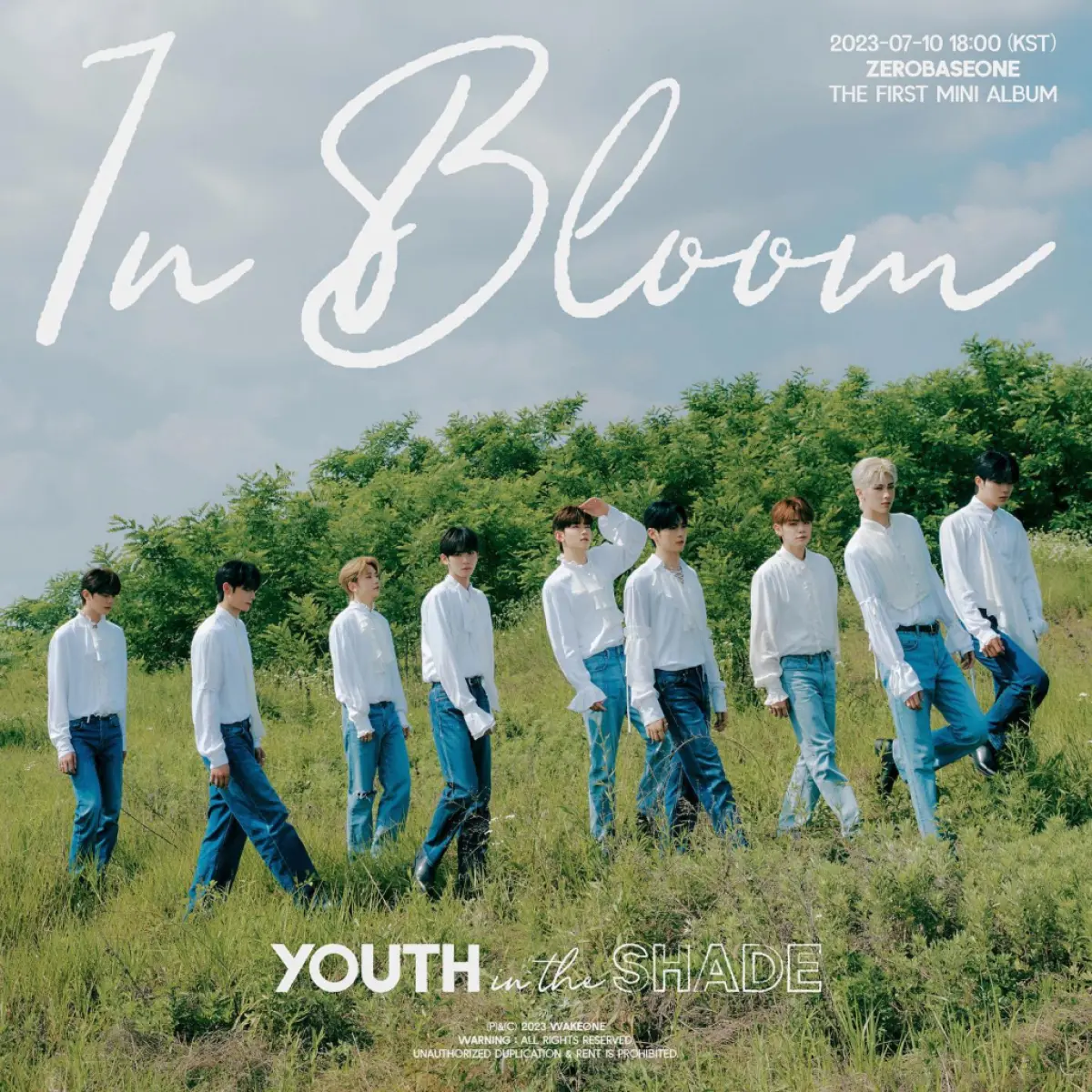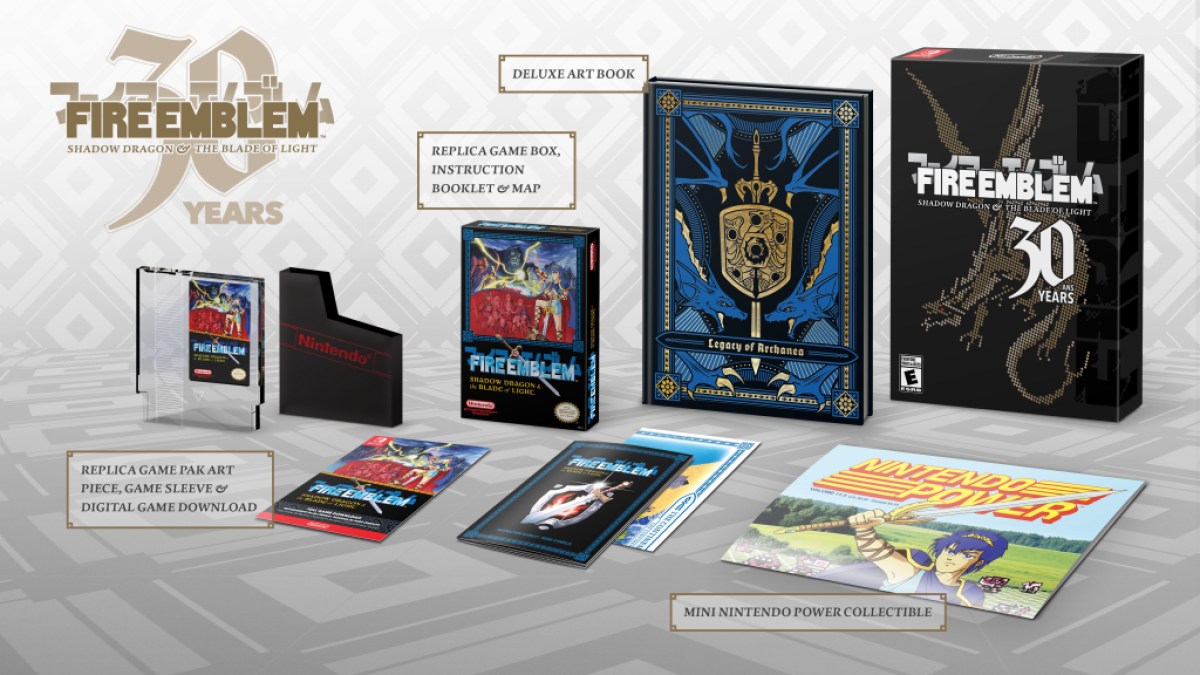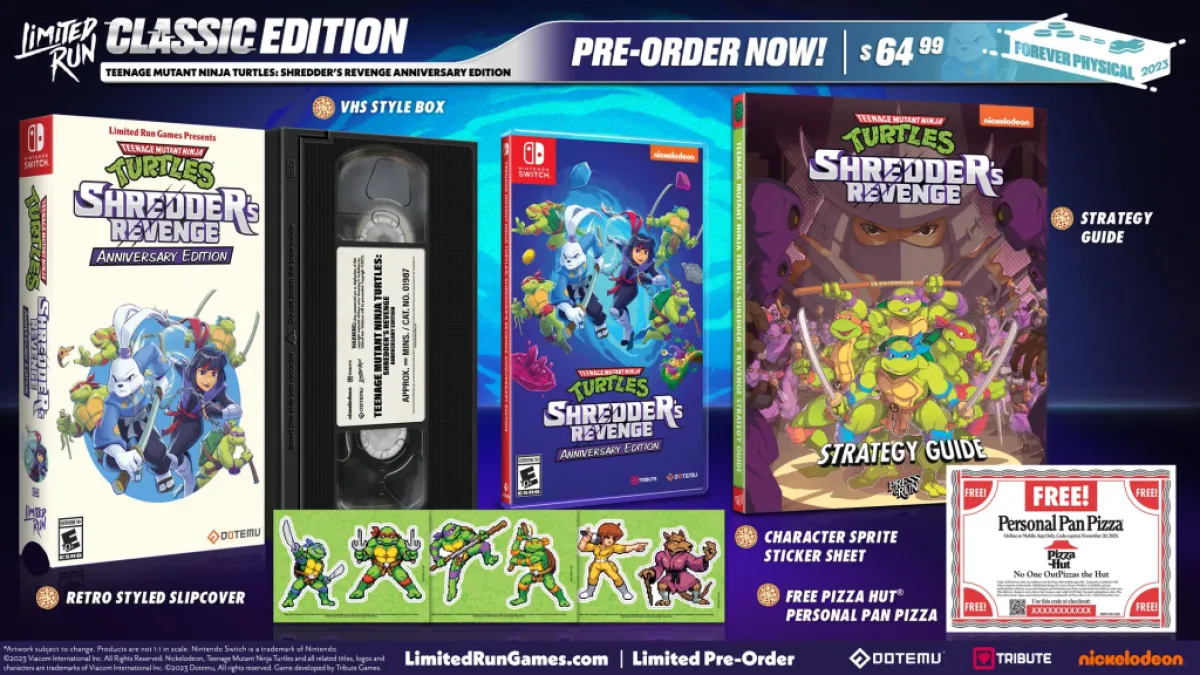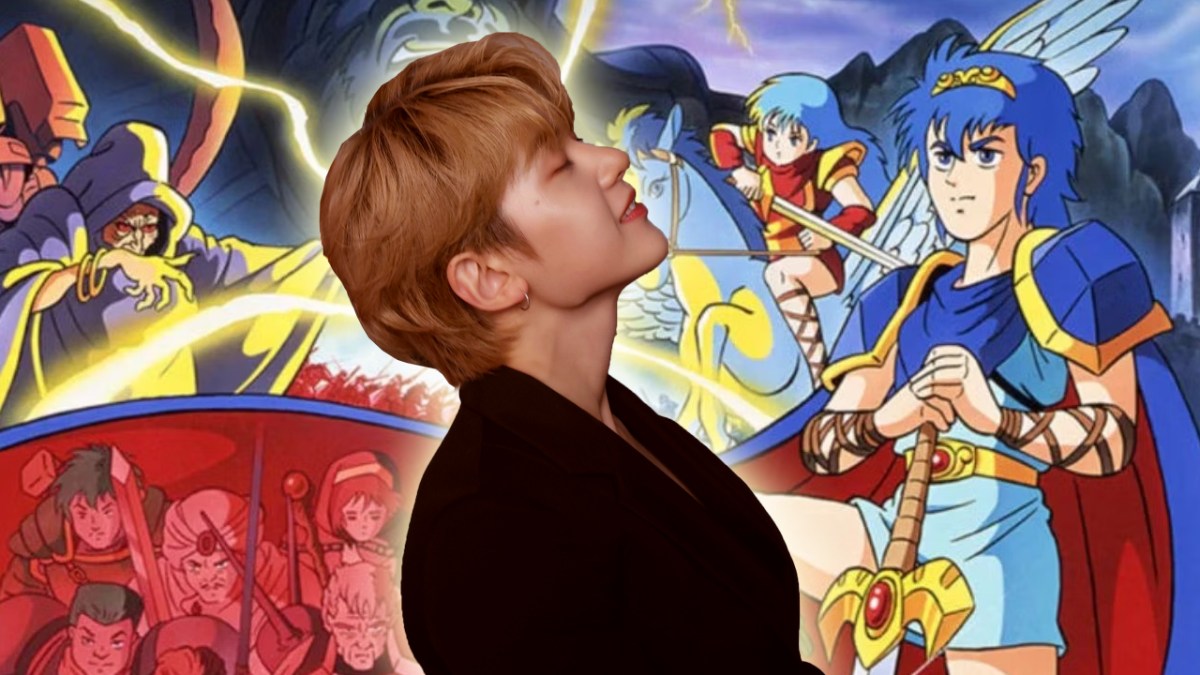Recently, GameStop, Amazon, Best Buy, and Walmart all offered some substantial clearance sales on physical video games. The start of October is an unseasonably early time for game clearances, and Circana Executive Director & Video Game Industry Analyst Mat Piscatella described it as “not a great sign” for the future of physical software. Combined with the announcement that Best Buy will cease to sell film and TV DVDs and Blu-rays in 2024, it feels like physical games media is headed toward a slow demise. But then again — maybe not. In fact, there is a way for physical games media to not merely survive but to thrive — it just needs to do what the K-pop industry has done for more than a decade.
In the United States, CD sales peaked in 2000 and had fallen by 95% in 2022, owing to technological advances like music streaming. Physical video games are in the midst of a somewhat similar decline, albeit not yet with the same severity. If physical games follow the trend of CDs in the US, then things are bleak. But if you look at CD album sales in South Korea, it’s a different story. In the first half of 2020, amid the pandemic, the sales of the nation’s top 400 albums were on the best pace of any year since Gaon Chart (now called Circle Chart) had begun collecting data in 2010. In 2021, over 57 million physical albums were sold just by K-pop artists. In 2022, physical K-pop album sales totaled around 80 million.
South Korea dwarfs the United States for physical album sales. Zerobaseone (ZB1), a brand new K-pop group who debuted in July 2023, sold a record-breaking 1,240,700 albums in the album’s first day on the market. That’s more than the first-week sales of the 2023 Taylor Swift release, Speak Now (Taylor’s Version). And the kicker? Most K-pop albums are actually just “mini-albums,” containing half as many songs as a typical Western pop album but costing even more. (ZB1 debuted with a mini-album.)

Certainly, not everything that the K-pop industry has built can be mimicked by the video game industry, but enough of it can transfer over to keep physical games media alive. It begins with reconsidering collector’s editions.
Recently, when asked about the future of physical games media, Ubisoft executive Chris Early optimistically noted, “There’s a collector edition market. There’s the aspect of gifting physical items and allowing access for people to be able to easily purchase a game in a store and gift them to their friends or family. Some people will always want to own the physical disk.”
On one hand, Early is right. On the other hand, his vision of the future isn’t nearly ambitious enough. Right now, collector’s editions are a niche thing targeting a more hardcore audience, but they can be so much more than that. This is one of the K-pop industry’s greatest strengths. In K-pop, oftentimes the standard edition of an album is the collector’s edition — and vice versa! If you want to buy one physical K-pop album, you are probably going to spend between $25 and $40, (Shipping may or may not be included in that number.) and what you receive is probably going to be lavish.
That’s because a K-pop album isn’t just a music delivery mechanism. A K-pop album is an experience. You open an oversized box or book-like case to discover a 40- or 70-page photobook of the idols, randomized photocards of the idols with messages on the back (albeit written in Korean), a sticker sheet, special postcards, a poster, and any number of other completely wild extras, ranging from special door hangers to full-on illustrated children’s stories. It even includes a CD with some music on it! And while albums from the absolute most popular groups will remain in print in some form, most others will go out of print eventually.

In order to survive and thrive into the distant future, physical games media will eventually have to transform into an experience like this. It will have to offer exciting incentives that just make each game a unique thrill to physically own — and to such an extent that people are willing to pay a premium for them as the norm. It’s that last part that is the crucial trick, because if physical games media can’t offer a pronounced financial incentive for publishers to keep offering it — they won’t.
Video game collector’s editions that retail for $300+ and contain a statue are never going to be a mainstream product. Not everybody needs a statue in their life. However, if publishers get really creative about offering packages that cater explicitly to what fans like, I can absolutely imagine a future where (a) all physical games are distinct collector’s editions, (b) they retail for $99.99 or a little more, and (c) consumers are happy to pay for them (well, for the good games, at least).
It’s not nearly as outlandish as it might sound. It’s just up to the publishers to give fans something they genuinely want. To give an excellent existing example, consider the Fire Emblem 30th Anniversary Edition from Nintendo that came completely out of nowhere in 2020. It contained a “nostalgic, stylized physical NES box and a replica NES Game Pak art piece with a protective sleeve,” a “colorful, 222-page Legacy of Archanea deluxe hardbound art book,” an “NES instruction manual, newly localized from the original Famicom release, along with a fold-out world map,” and a “Mini Nintendo Power retro collectible.” Granted, the game itself was provided as a digital download code, but that could be forgiven there, considering it was a tiny, emulated NES game running on Nintendo Switch.

Despite not really caring about Fire Emblem, I bought that $50 collector’s edition of a $6 eShop game instantly because it felt explicitly designed for a nerd like me. It’s arguably the most creative collector’s edition Nintendo has ever offered for anything, in the US at least, and it hasn’t done anything like it before or since. If publishers could attempt to be this creative with each physical release — if every Mario, Final Fantasy, and Call of Duty was released like this by default — it would create a whole new world of excitement for physical games media. It would be an experience utterly elevated from what is possible from just downloading a game off the internet, and people would intuitively accept the higher prices that come with that better world.
If game publishers really wanted to be weasels (and of course they do), they could even borrow another page from K-pop by releasing multiple versions of the same physical release. This wouldn’t be the same as releasing multiple versions of a Pokémon game, where each version of the game has slightly different content. No, publishers would release the exact same game, but the physical packaging would have totally different art design and/or different bonuses at the same price point. Then the publishers could offer a discount on buying both versions together (doubly evil!). Add in a randomized bonus (like the photocards in K-pop) where it’s impossible to collect everything by only buying one copy regardless, and that further incentivizes the most hardcore audience to buy more than one copy of the game.
Indeed, the explicit reason why the most popular K-pop albums sell so absurdly well is that fans buy multiple copies, hoping to collect (for example) all the photocards for at least their favorite idol in the group. This is the main reason why it’s unrealistic to think that physical games media could ever perfectly replicate what K-pop albums do — video games cannot ignite the same degree of fanaticism that a living, breathing celebrity can. Because, hey, there is at least a 0.0001% chance that your favorite idol will fall in love with you, marry you, and make you rich. Mario will never do that for you.

And obviously, it’s not like it’s even a bad thing that physical games media can’t exploit (because that really is the operative word) its audience to the extent K-pop does. There’s a fine line between giving fans what they want and becoming predatory of their desires. Plus, popular K-pop albums are horrific for the environment; fans often just throw away all those extra albums they buy, creating awful waste. The ideal world is one where friends and families all appreciate and share these exotic, individualized physical game releases, as opposed to stripping them for parts and trashing them.
Of course, the likes of Limited Run Games and Strictly Limited Games are already creating the types of special physical releases described above. And that’s great. I hope they improve their manufacturing speeds and become an even more valuable resource for indie developers. However, Limited Run and Strictly Limited are niche publishers by design. In the future, it will be up to major publishers to make this the norm to sustain the physical market. Publishers like Nintendo and Sony should really build a dedicated area of their business for creative physical manufacturing, because the financial incentive is there to innovate.
In the future, either physical video games media will succumb to obsolescence and disappear, or it will become so completely rad that it sticks around through sheer fun factor, like K-pop albums. I’m rooting for the latter, warts and all that come with it.






Published: Oct 16, 2023 07:00 pm